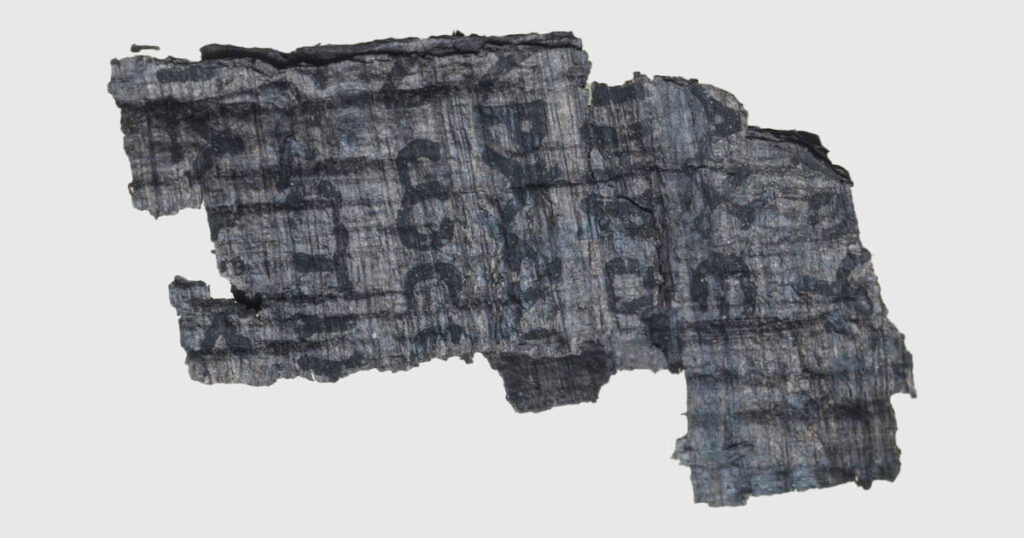Recent analyses of a charred papyrus found in Herculaneum, entombed by the infamous eruption of Mount Vesuvius in 79 AD, have revealed significant new details about Plato and the successive leadership of his Academy in Athens. These findings are part of the “GreekSchools” project, recently highlighted at the National Library of Naples.
One of the most remarkable revelations from this research is the exact location of Plato’s burial site, now identified within a specific garden at the Academia in Athens. This corrects the long-held assumption that he was buried more ambiguously within the Academy’s grounds.
Additionally, the papyrus reveals a previously unknown episode in Plato’s life, indicating he was once sold into slavery on the island of Aegina, likely during the Spartan occupation around 404 BC or soon after the death of Socrates in 399 BC. This challenges the former belief that his enslavement occurred during his visit to Sicily under the rule of Dionysius I of Syracuse in 387 BC.
The “GreekSchools” project, generously supported by the European Research Council (ERC), is a collaborative endeavor led by the University of Pisa and includes contributions from the Institute for Cultural Heritage Sciences (ISPC), the ‘Antonio Zampolli’ Institute of Computational Linguistics (ILC) of the National Research Council, and the National Library of Naples, where the papyrus is preserved.
Book Your Historical Tour of Herculaneum
For those fascinated by these historical insights, consider delving deeper by booking a tour at Herculaneum through See Amalfi Coast Private Tours. Immerse yourself in the profound history and unearthed mysteries of ancient civilizations!




